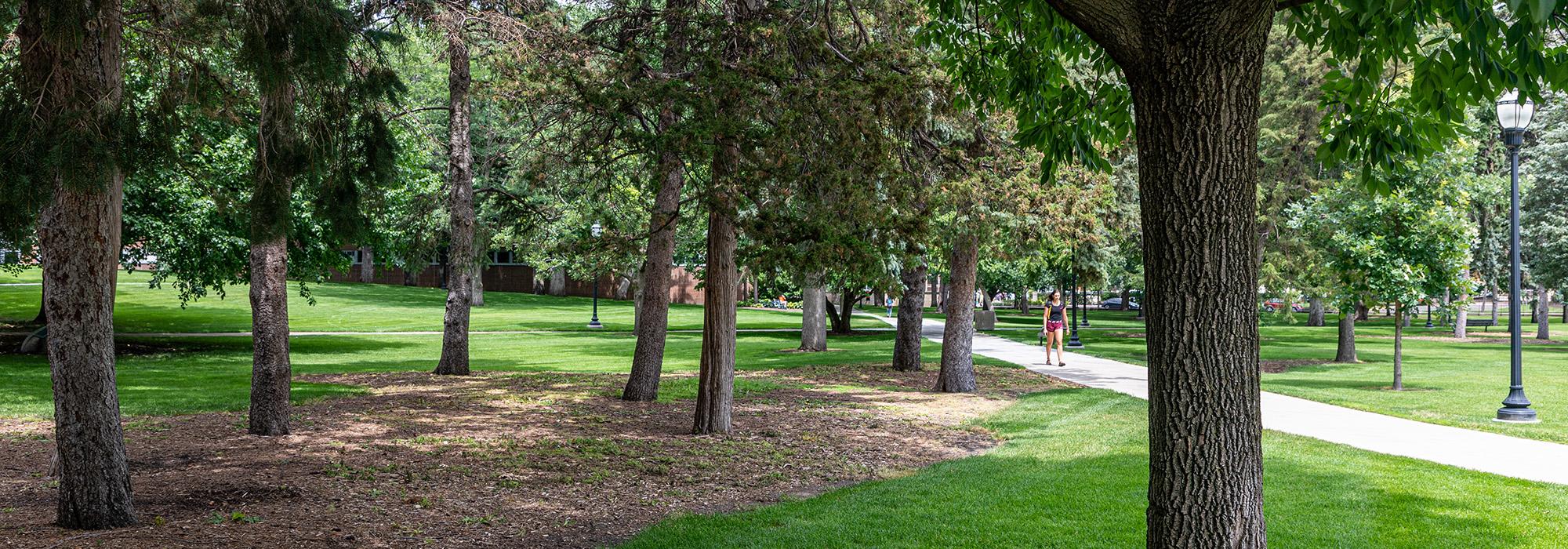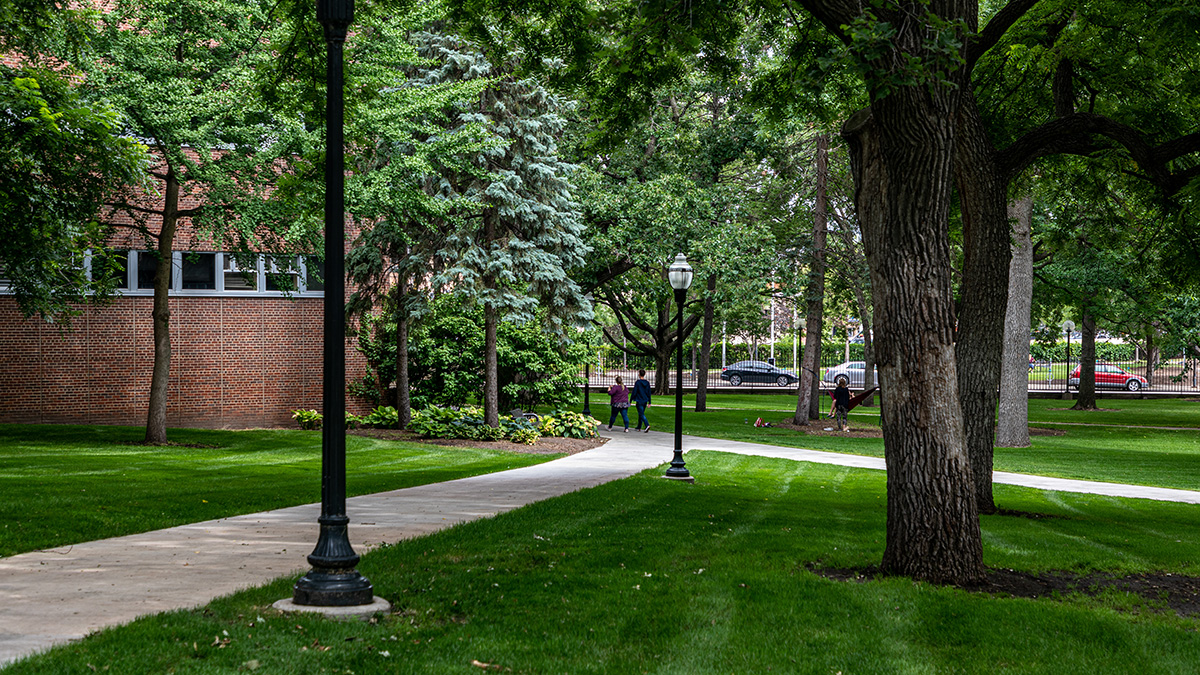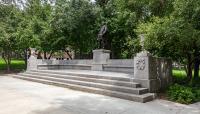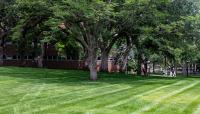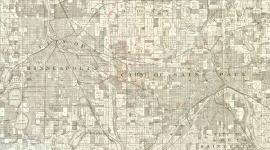Landscape Information
The territorial legislature founded the University of Minnesota in 1851, seven years before Minnesota became a state. The first campus near St. Anthony Falls was abandoned in 1854 when the underfunded school closed. Within three years, the board of regents purchased 27 acres downstream and began constructing a new building, only to have progress waylaid by a national financial panic. The promise of more reliable funding came in 1862 when Congress passed the Morrill Act, giving public land to agricultural and mechanic arts colleges to sell to raise money. The university’s use of this opportunity was delayed by the Civil War and the U.S.-Dakota War of 1862, but by 1868 the institution was gained strong support from the state legislature.
As early as the 1870s, landscape architect H.W.S. Cleveland made suggestions for improving the campus known as “The Knoll,” on an oak savannah bluff overlooking the Mississippi River gorge. Cleveland was not formally engaged until 1891, producing a general plan the following year featuring a network of curvilinear, interwoven streets with sites designated for new buildings. While acknowledging the public value of the campus’s park-like setting in the rapidly developing city, Cleveland’s primary goal was to foster an environment for learning rather than one to invite public use. Between 1902 and 1908, landscape architect Warren Manning favored an English campus model with ornate Collegiate Gothic buildings around rectangular quads, but with limited results. The growing campus expanded beyond The Knoll by the 1910s.
The University of Minnesota Old Campus Historic District was listed in the National Register of Historic Places in 1984.



